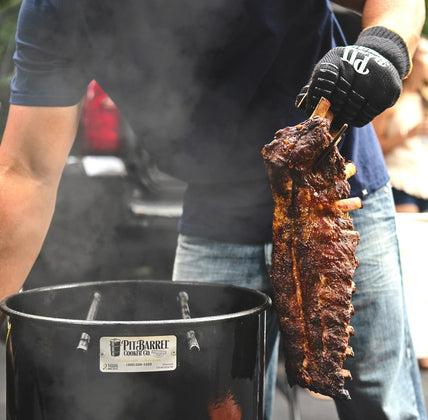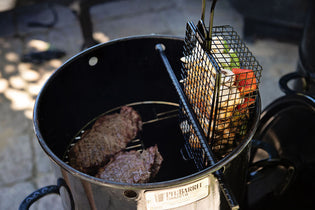There are many tools that are considered essential in a kitchen: knives, pans, tongs, etc. One tool that isn’t discussed as much but is essential is the cutting board; it’s where most of the food preparation is performed before cooking. With that in mind, it’s important to consider the material that is used to make a cutting board.

SCIENTIFIC STUDIES ABOUT CUTTING BOARDS
The general assumption is that plastic is better than wood because it’s easier to clean and sanitize as wood is porous and will be more likely to harbor bacteria. However, it’s been scientifically found that this isn’t the case.
One study conducted by Ak, Cliver, and Kaspar, focused on how well wooden and plastic cutting boards harbored bacterial growth after cleaning both types of cutting boards in the same manner. They found that plastic boards could be harder to keep clean after the boards had been used because the plastic develop grooves and divots in it over time. This gave bacteria more places to hide. While wood could also have a deterioration in its surface, it didn’t harbor as much bacterial as plastic. Their conclusion was that with proper care and maintenance, wood boards could be just as sanitary as plastic in a home kitchen.
The Department of Food Science at the Cornell University performed another study that focused on plastic versus wood cutting boards in a commercial kitchen. They had a similar conclusion as the Cliver study: Advantages of either type of board were about the same if proper cleaning and maintenance were performed.
WHY END-GRAIN CUTTING BOARDS ARE SUPERIOR
There are a few other arguments for why wooden cutting boards, specifically end-grain, can be a wiser investment as a cutting board. For one, end-grain boards, due to how the wood is cut, have a “self-healing” property when a knife slices across it. Since the fibers of the wood are pointing up, the blade slices between the fibers instead of slicing through them, as the knife pulls up the fibers move back together “healing” the cut. The surface of the board will suffer less damage over time and the knife will keep its sharp edge longer.
Another benefit from having a cutting board made from hardwoods like maple and walnut is that these woods pull moisture inside them as they dry and then dry from the inside out. Any bacteria living in moisture on the surface gets trapped inside the wood and is unable to escape. Since bacteria requires moisture to survive, as the board dries, the bacteria die.
As with most tools, the better you take care of them the longer they will last. The same goes for cutting boards, especially wooden cutting boards. With proper care and maintenance, end-grain wooden cutting boards can outlast a plastic cutting board. There are uses for a plastic cutting board in the kitchen, but an end-grain wooden cutting board is worth the investment.




